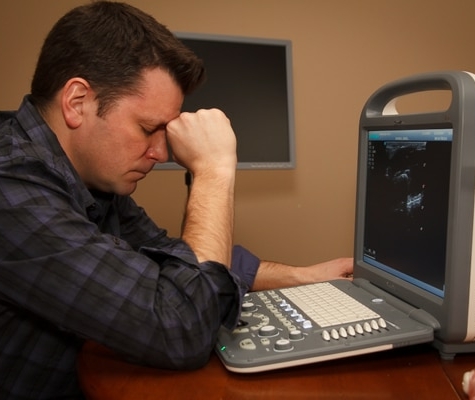On June 21st, summer is officially here! We’re finally able to enjoy sunshine and don’t have to worry about bundling up with coats, hats, and boots to brave the cold. But with summertime right around the corner, the importance of protecting yourself against harmful ultraviolet (UV) rays while out in the sun is in full swing.
We’re all aware that a sunburn is one of the worst things to get during the summer, especially sun poisoning. Not only are these conditions uncomfortable, but they increase your risk for melanoma drastically!
Melanoma is usually, but not always, a cancer of the skin. It begins in melanocytes – the cells that produce the pigment melanin that colors the skin, hair and eyes (melanoma.org). Research suggests that approximately 90% of melanoma cases can be linked to exposure to UV rays from natural or artificial sources, such as sunlight and indoor tanning beds. However, since melanoma can occur in all melanocytes throughout the body, even those that are never exposed to the sun, UV light cannot be solely responsible for a diagnosis (melanoma.org).
How Does Ultrasound Play Into Melanoma?
When an individual is diagnosed with melanoma, doctors and physicians will typically use ultrasound to check the surrounding lymph nodes where the melanoma was found. Ultrasound can help measure and track the size of the lymph node to help doctors monitor whether or not the melanoma has spread to a lymph node. If it has spread to a lymph node, doctors will then use ultrasound imaging to measure the size of the lymph node and depth to better prescribe an effective treatment plan.
How Can You Protect Yourself from Melanoma This Summer?
1. Use a sunscreen that provides broad spectrum protection from both UVA and UVB rays and has a sun protection factor (SPF) of at least 30.
2. Use approximately one ounce of sunscreen (a shot-glassful) and apply it approximately 15 minutes before sun exposure - then reapply every two hours and after swimming or sweating.
3. Apply sunscreen to the tops and bottoms of your hands and feet, your neck, behind your ears, tops of shoulders and along your hairline. If you are bald or have your scalp exposed, use a spray sunscreen to also protect the top of your head.
4. Wear protective clothing and hats whenever possible.
5. Seek shade when the sun’s rays are strongest, typically 10AM-4PM.
6. Do not let yourself burn! Pay close attention to medication and ask your doctor if your medication could increase your skin’s sensitivity to sunlight.
ABCDE’s Of Melanoma
Self-checking during the summer for signs and symptoms of melanoma is extremely important. The survival rate for stage 0 melanoma is 99%-100% (aimatmelanoma.org)! So check yourself and follow this guide for keeping an eye on any suspicious spots. And as always, consult your doctor or physician for more information regarding melanoma and any concerns you may have.


